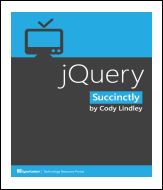Book Review: Don't Make Me Think

The second edition of Don't Make Me Think by Steve Krug which came out in 2005 is a short 200-page stylish book on Web Usability. It has glowing reviews on Amazon. Jeff Atwood (I'm a long-time follower of his blog and I discovered "Code Complete" after reading through some of this articles) is a big fan of this book. Going by the reviews, I picked this book thinking it is a classic on this topic. I found that one-fourth of the short book was just pleasantries, credits, index, author plugging about his successful career as a consultant ["I'm writing this book for people who can't afford to hire (or rent) someone like me."], workshops & his (then) forthcoming book and lots of blank space. The author tells us 'I was proud of how short the book was. It took a lot of work, but it was an important part of the "practices what it preaches" business' but when you read the chapter "Omit needless words" that has 4 pages

